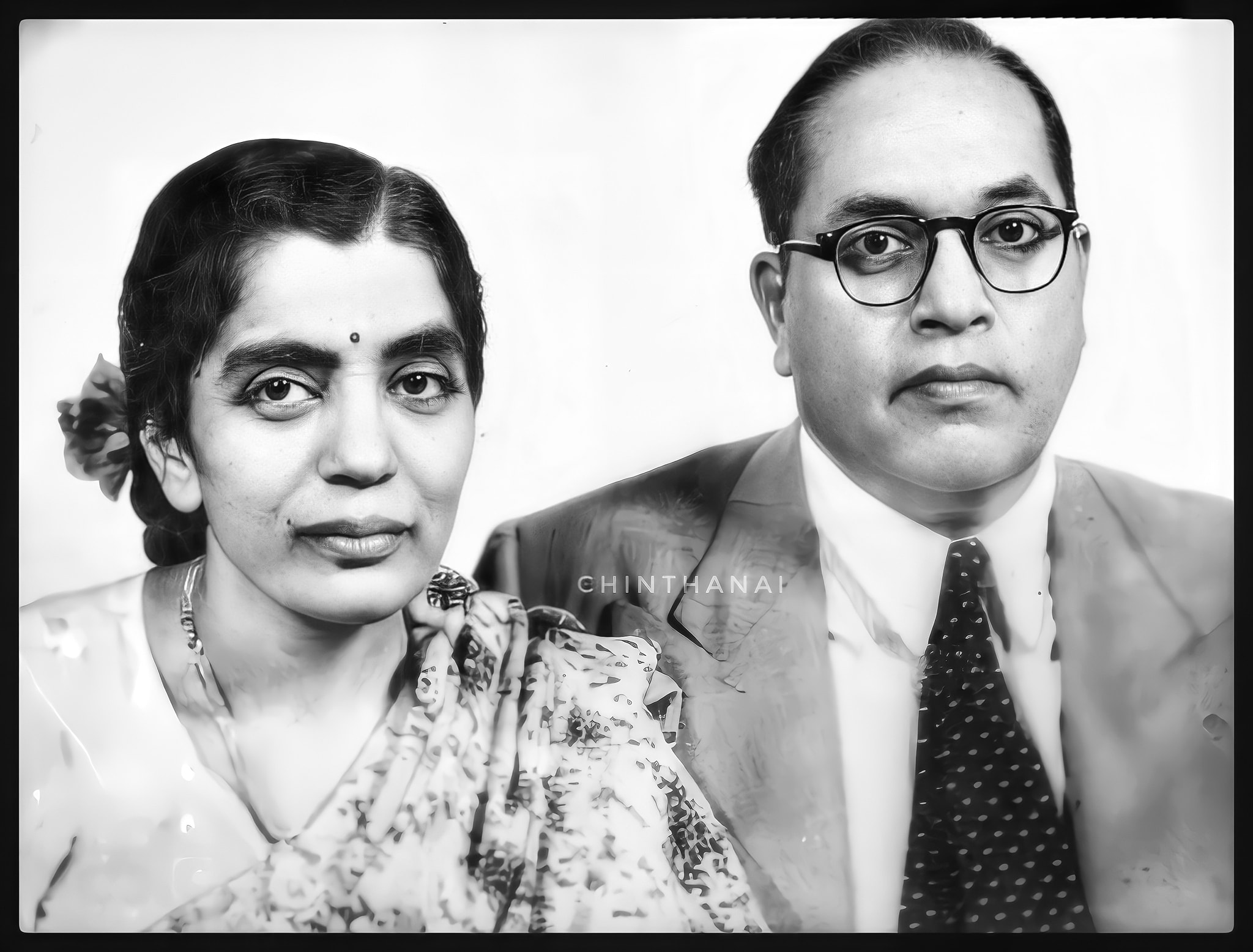Bhimrao Ambedkar, an indomitable force in the fight for social justice and equality, remains an iconic figure in the history of India and the global struggle for human rights. Born on April 14, 1891, in Mhow, India, Ambedkar’s life is a testament to resilience and unwavering dedication to eradicating caste-based discrimination and oppression.
As the chief architect of India’s Constitution and a relentless advocate for the Dalit community, he has left an indelible mark on the nation’s socio-political landscape. In this article, we delve into the life and legacy of Bhimrao Ambedkar, exploring his tireless efforts to champion equality and social reform.
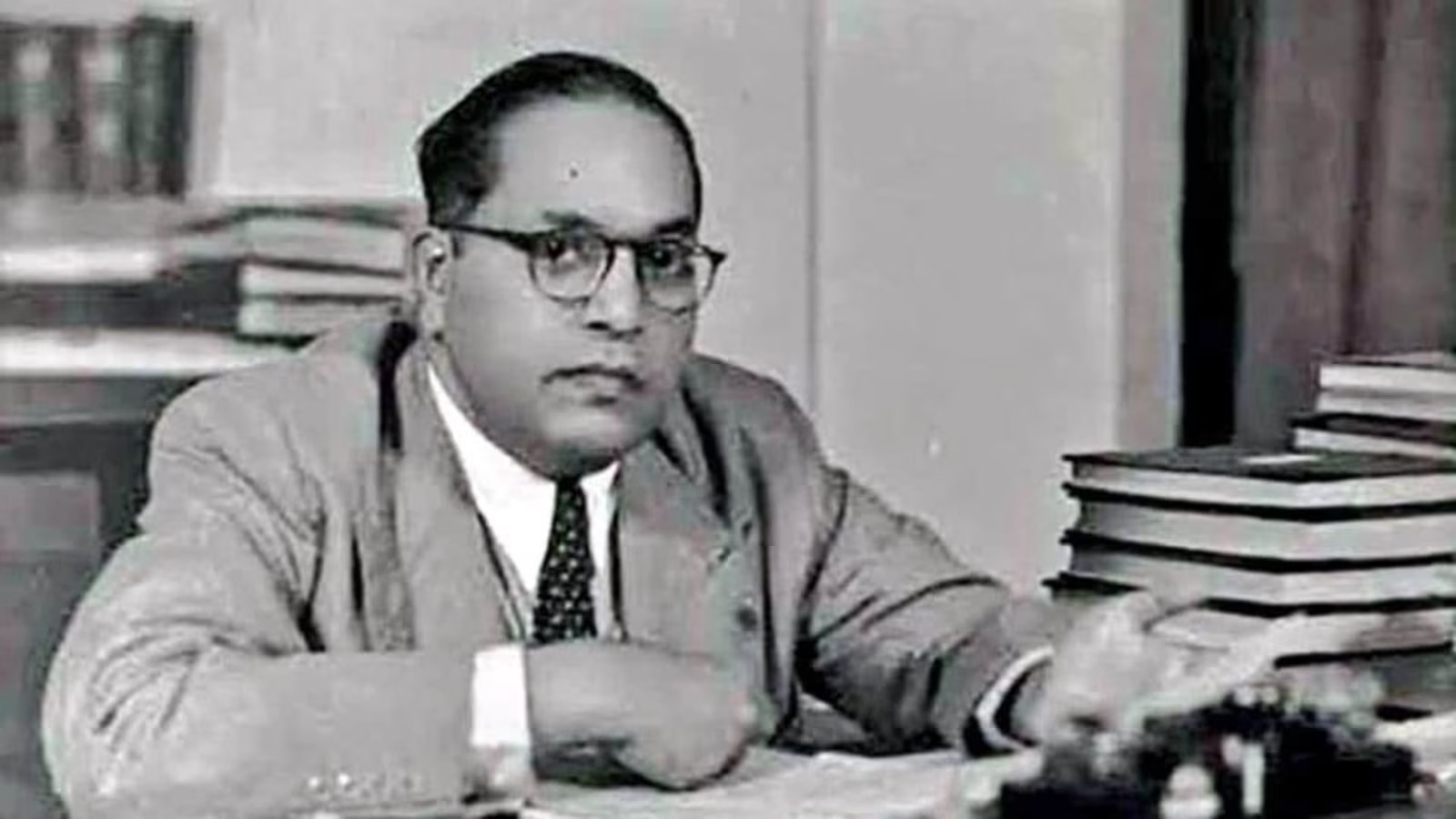
Who is B R Ambedkar?
Bhimrao Ambedkar was born on 14 April 1891 in a village called Mahow in Madhya Pradesh. Bhimrao Ambedkar was born into a very low caste. His caste is now Mahar. Before the constitution, there was a lot of discrimination against the lower castes. Bhimrao’s childhood name was Bhimrao Ramji Ambedkar. His father’s name was Ramji Maloji Sakpal and mother’s name was Bhimabai.
Ancestors of Bhimrao, For a long time, he works in a British company. So, His father was an army officer in a British company. Bhimrao,s father always insisted on his children’s education. Ramji Sakpal retired in 1894. After 2 years, Bhimrao Ambedkar’s mother died. Because The responsibility of taking care of all the children reached their aunt.
Bhimrao Ambedkar Childhood
As the situation worsens, three sons of Ramji Sakpal, Balram, Anadrao, and Bhimrao Ambedkar, and two daughters Manjula and Tulasha only able to survive. All other sons and daughters died.
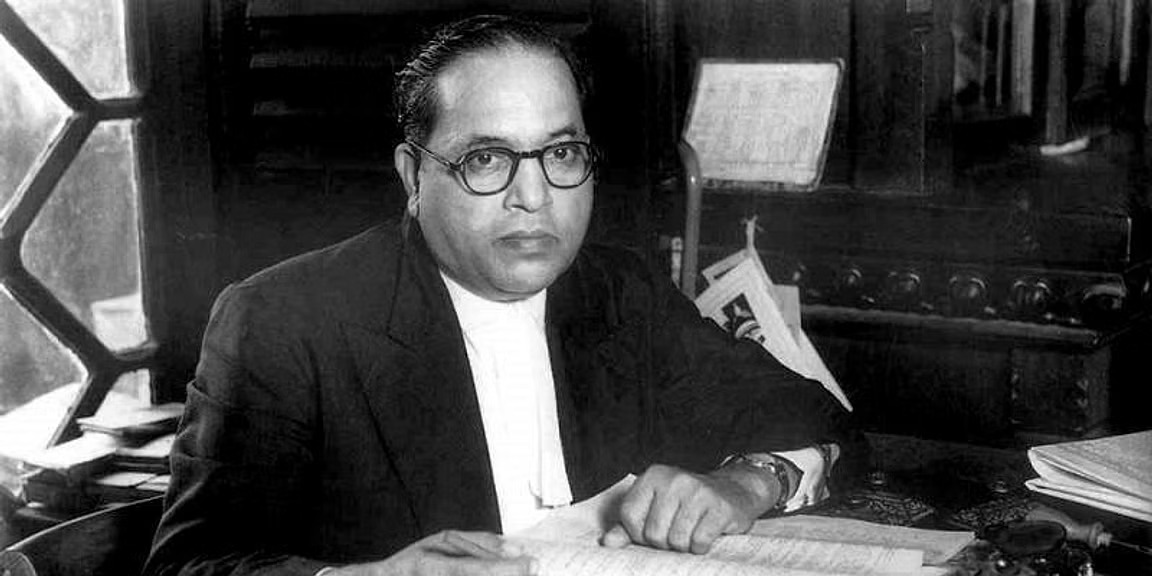
| Full Name | Bhimrao Ramji Ambedkar |
| Born | 14 April 1891 |
| Place of Birth | Mhow, India |
| Died | 6 December 1956 |
| Place of Death | New Delhi, India |
| Resting place | Chaitya Bhoomi, Mumbai, India |
| Parents | Father: Ramji Maloji Sakpal
Mother: Bhimabai Sakpal |
| Spouse(s) | Ramabai Ambedkar (m. 1906; died 1935) Savita Ambedkar (m. 1948) |
| Political party | Independent Labour Party Scheduled Castes Federation |
| Other political affiliations |
Republican Party of India |
| Alma mater | University of Mumbai (B.A., M.A.) Columbia University (M.A., PhD) London School of Economics (M.Sc., D.Sc.) Gray’s Inn (Barrister-at-Law) |
| Profession | Jurist, economist, academic, politician, social reformer, and writer |
| Awards | Bharat Ratna (posthumously in 1990) |
| Known for or Famous for | Dalit rights movement Heading committee drafting Constitution of India Dalit Buddhist movement |
Education:
Dr. Ambedkar had his early education in the village. They and their friends were not allowed to sit on par with other children in the class. The teachers did not even touch their books and copies. That he was low caste. Water for drinking is only by peons. Being of low caste, they used to give water from very high altitudes. In the absence of a peon, one has to remain thirsty.
By Maharaja Sayajirao Gaekwad of Baroda, Being a brilliant student of Bheem Rao Ambedkar, he was sent abroad to purpose higher education in 1913 after seeing the scholarship.
Intensively studied Sociology, Political science, Anthropology, Philosophy, and economic policy at Columbia University in America.
Because of untouchability in Amerika. So, he liked the people in America. Ambedkar read a research paper. he had written in the America seminar on “Indian ethnic division”. So, he was very much praised.
Also Read:
Indian Constitution Maker:
After achieving independence in India, apart from Dr. Bhimrao Ambedkar, There was no other constitution maker. With the consent of all Dr. Bhimrao Ambedkar was made the chairman, of the drafting committee of the constituent assembly.
It took a total of 2 years 11 months 18 days to prepare the constitution. So, it was fully implemented on 26 January 1950. Untouchability comes to an end with the constitution made by Dr. Ambedkar, which was he is the dream.
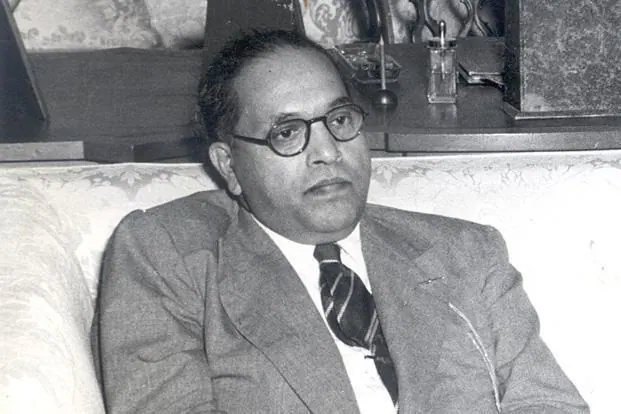
India’s first law minister :
After independence, on 15 August in 1947, the New Congress government came. In which Dr.Ambedkar was the first law minister of the country. Because they had talent. He left the post. Because their plan did not work.
Religion Change :
On October 14, 1956, Dr.B.R. Ambedkar and his supporters organized a formal public function in Nagpur Maharashtra. Dr. Ambedkar received Buddhism in the traditional way from a Buddhist monk. Because he is not want to die in Hinduism.
Dr. Ambedkar was suffering from diabetes. Because of being very sick. So, Dr. Bhimrao died on 6, December 1956.
Poona Pact :
The Poona pact agreement was sing on 24 September 1932 in Pune jail.R.Jaykar, Tejbahadur, and Bhimrao sign on the Poona Pact. By the Poona Pact agreement, Dalite was Hindutva, But they were considered untouchables.
Therefore, Ambedkar announces a separate electoral college. So, Gandhi opposed a separate electorate for untouchables. He said that I am afraid, that, Thus the Hindu community is divide.
But, Bhimrao wanted a separate election. Gandhi was in Yarvda Central Jail. So, kept fast in jail and protested. So, Congress leaders like Madam Mohan Malaviya held a joint meeting with Ambedkar.
Meanwhile, in September 1932, Ambedkar, who was part of the Hindus, and Madam Mohan Malviya signed the Poona Pact on behalf of the Hindus. Thus the seats were divided in the electoral college.
Political Career :
| Political Party | Independent Labour Party |
| Political Journey | • His political career started in 1936. On 15 August 1936, he founded his political party ‘Independent Labour Party.’ • The party participated in the 1937 Central Legislative Assembly elections and won 14 seats. • Later, he transformed his Independent Labour Party into the All India Scheduled Castes Federation. But, the party couldn’t achieve desired results in the 1946 elections held for India’s Constituent Assembly. • He also participated in the Lok Sabha elections for two times but lost. |
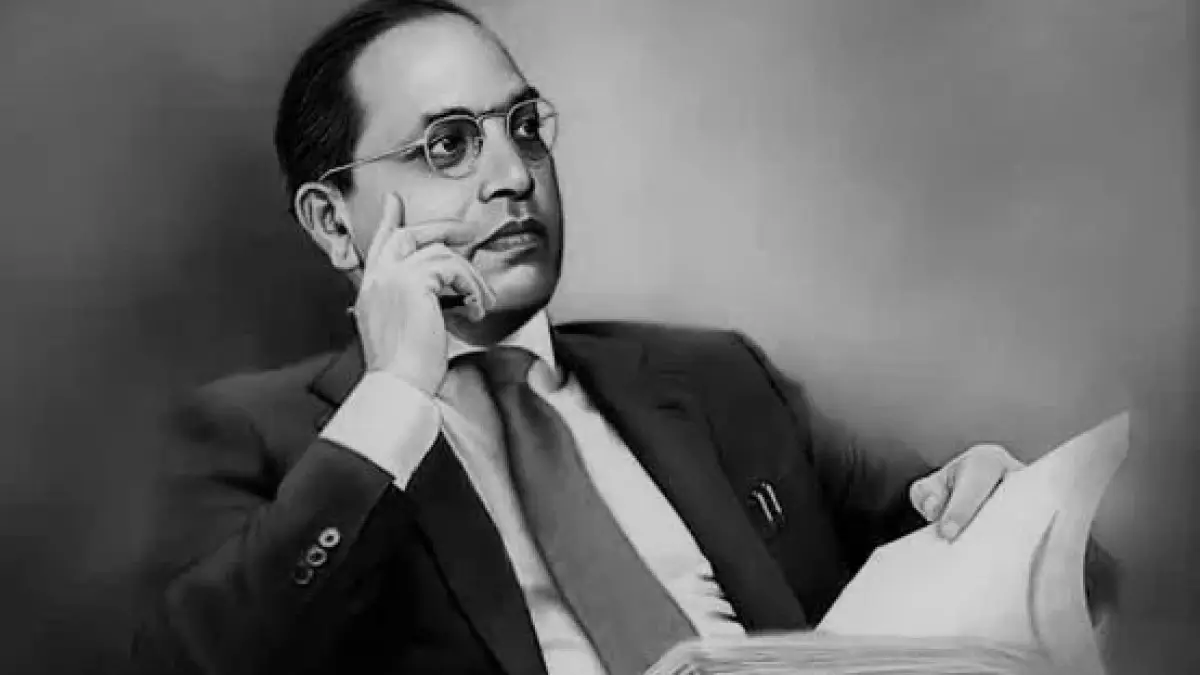
In 1935, Ambedkar was appointed principal of Mumbai Law college. He held the post of principal for two years. After, the death of Mr. Kedarnath. Ramjash college served as the President of the University of Delhi.
Currently living in Mumbai witch was called Bambai in living, Established the independent labor party in 1936. Which led to the 1937 central Assembly elections. In which he got 11 and 3 seats.
In the book Annihilation of the caste published by Ambedkar on 15th my 1936, he strongly opposed Hindu Orthodox religious leaders. Ambedkar also served as the labor minister on the defense advisory committee and victories Council.
after 9140 of the Muslim Ling demanding Pakistan Ambedkar Road a book on Through on Pakistan. In which is analyzed. Baba Saheb said that, giving Hindus to Pakistan Muslims.
Ambedkar tries to organize the untouchables separately. Ambedkar turned his party into a scheduled caste Federation in view of the Shudra caste.
Bhimrao Ambedkar Wife and Children:
Ambedkar had two marriages. He was first married to Ramabai in 1906. Then, she was 15 years old. Ramabai had a total of five children. In which only his elder son Yashwant lived long. All the other children died. Ambedkar used to be busier. So, he could not take care of his family. She fell very ill. So, Ramabai died in 1935.
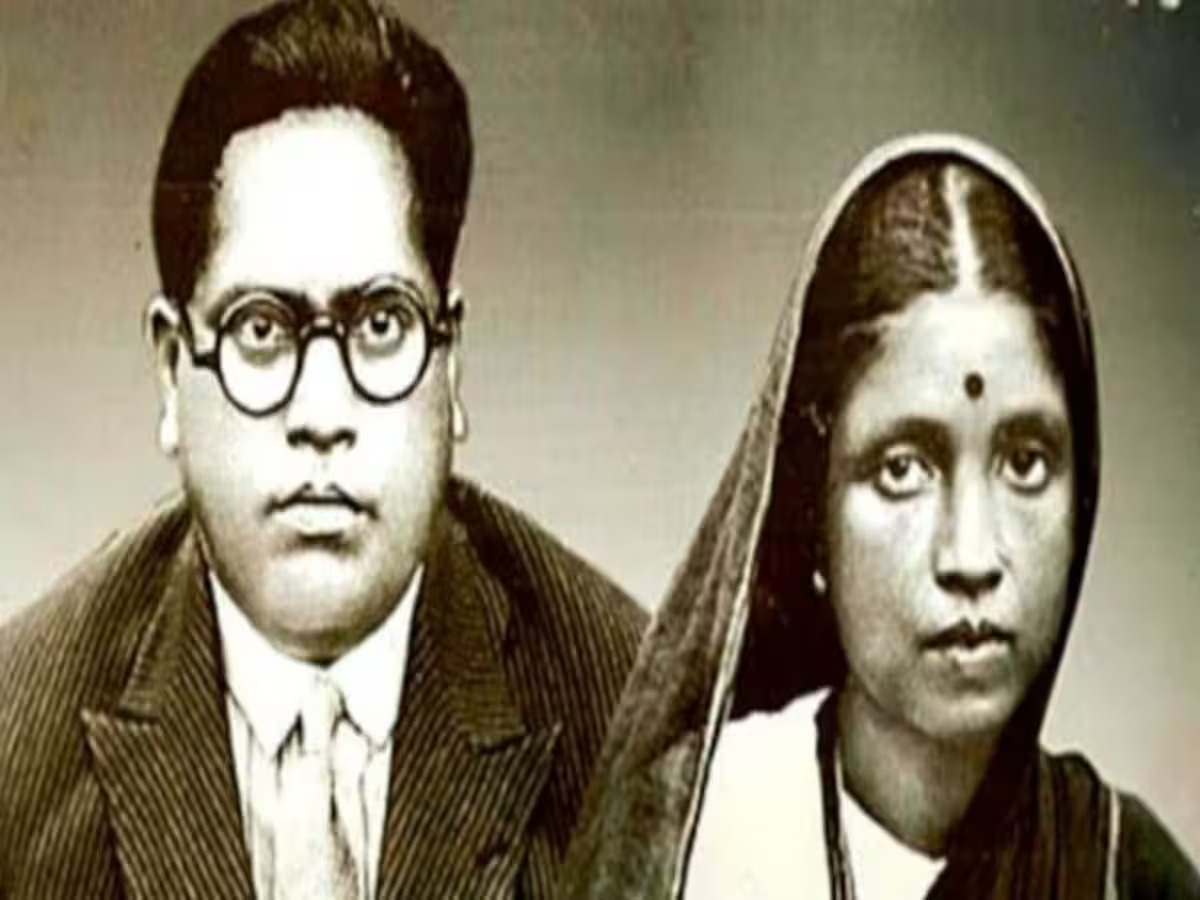
For the next 13 years, he did not think of marriage and, studied barrister in England. The second wife’s name was Savita. She was a Doctor. But, Dr.B.R. was very sick. So, He married Dr. Savita in 1948. So, that they can take good care of him.
| Wife/Spouse | First Wife: Ramabai Ambedkar (m. 1906-1935) (until her dealth) Second Wife: Savita Ambedkar (m. 1948–1956) |
| Children | Son(s)– Rajratna Ambedkar (Died), Yashwant Ambedkar (from Ramabai Ambedkar) Daughter– Indu (Died) |
| Parents | Father– Ramji Maloji Sakpal (Army Officer) Mother– Bhimabai Sakpal |
| Siblings | Brother(s)– Balaram, Anandrao Sister(s)– Manjula, Tulasi, Gangabai, Ramabai Note: He had total 13 siblings, out of which, only three brothers and 2 sisters survived. |
Bhimrao Ambedkar List of Books :
- Castes in India-Thair Mechanism, Genesis and Development -1916.
- Mook Nayak-1920.
- The Problem of the rupee-1923.
- Bahiskrat Bharat-1927.
- Janta-1930.
- The Annihilation-1939.
- Though on Pakistan-1940.
- Ranade Gandhi And Ginna-1943.
- Mr. Gandhi and Emancipation of untouchable-1943.
- What Congress and Gandhi have done to the untouchable-1945.
- Pakistan or Partition of India-1945.
- Who were the Shudras-1948?
- Untouchable-1948.
- Buddha or Karl Marx-1956.
- Manu and the Shudras-…………
So, constitutional creator Dr. B.R. Ambedkar received the Bharat Ratna.On 31 March 1990. After his death. Baba Saheb had two best-selling books.
- A. Abolition of caste.
- B. Rupee Problem.
These books are related to the social structure of India. And, The economy of India.
Baba Saheb had his own library. In the Rajgarh. Which has more than 50,000 books. Because it is the largest private library in the world.
Baba Saheb had knowledge of 64 subjects. So, Baba Sahab had knowledge of Pali, Hindi, Sanskrit, English, French German, Farsi, Gujarati, and Marathi, Nine languages. Because he speaks all languages.
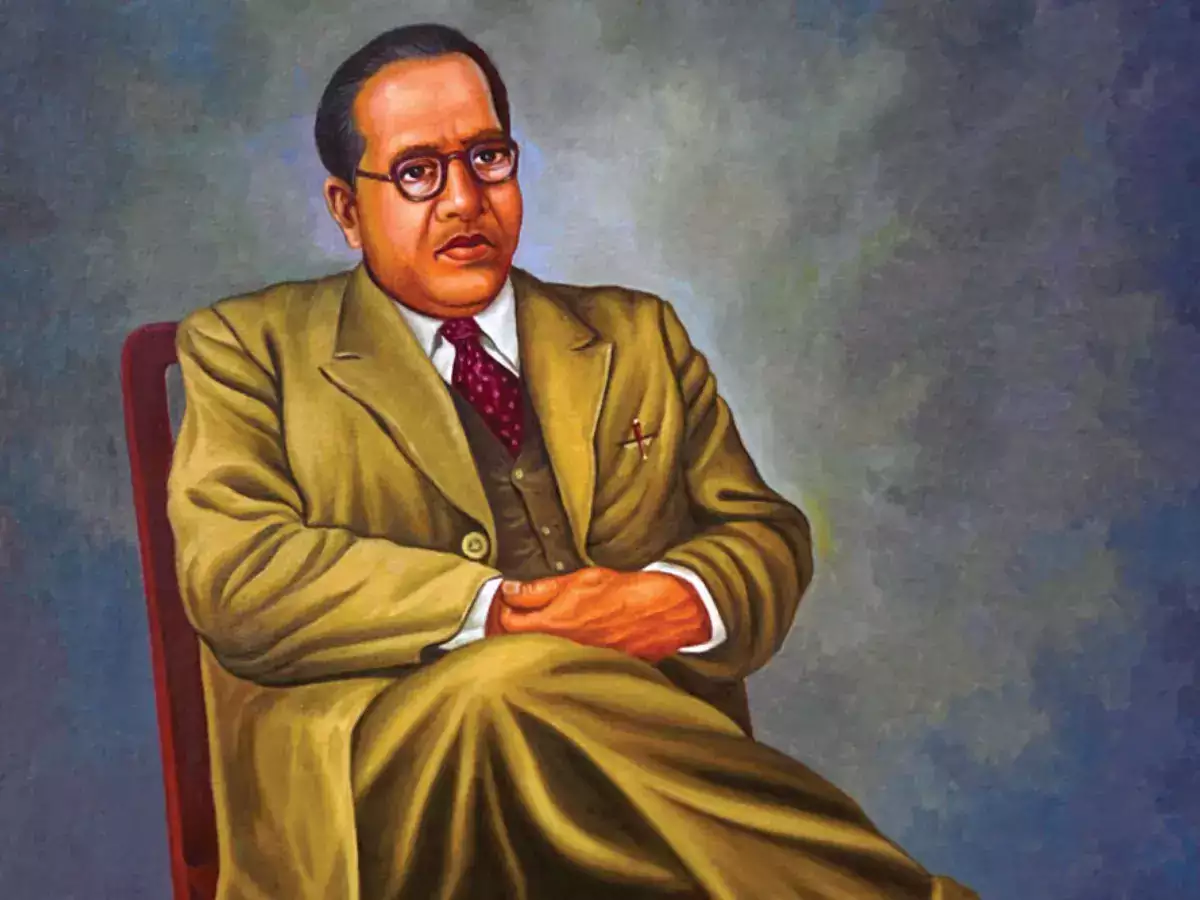
Some Little-Known Facts of B. R. Ambedkar:
- He was born to a Marathi family in 1891 and was their fourteenth and final child. His roots were in the Ratnagiri area of Maharashtra, India, specifically the town of Ambadawe under the Mandangad Taluka.
- After serving in the British Indian Army for many years, his father finally retired in 1894 and moved his family to Satara, Maharashtra.
- B. R. Ambedkar’s mother passed away after they had been living in Maharashtra for some time. B. R. Ambedkar’s birth surname was Sakpal, but his father changed it to Ambadawekar (after the name of his native hamlet, ‘Ambadawe’) when he enrolled in school.
- He was born into a social class society deemed inferior, and as a result, he endured years of ridicule at the hands of upper-caste teachers and classmates.
- His book “No peon, No water” elaborates on the backstory. He excelled academically, and his Brahmin instructor, Mahadev Ambedkar, considered him his favourite student. The educator initially went by “Ambadawekar” but later shortened it to “Ambedkar.”
- He moved to Mumbai with his family in 1897, where he enrolled at Elphinstone High School as the lone untouchable student. Then, in 1906, at 15, he wed Ramabai, a nine-year-old girl. He continued to study hard despite his recent nuptials.
- In 1907, he became the first member of the untouchable group to complete enrollment and enrol at Mumbai’s Elphinstone College.
- In his book “The Buddha and His Dhamma,” written years later, he recalled how the people of his Dalit culture had sought to commemorate the day.
- The princely state of Baroda (now Gujarat) hired him after graduating from Bombay University with political science and economics degrees in 1912.
- With the help of a Baroda State Scholarship, he was able to further his education at Columbia University in the United States, thanks to the opportunities afforded to him by his new position in 1913.
- The Gaekwads of Baroda provided a scholarship worth £11.50 (1,060.25) each month for three years. He left for the United States to pursue graduate study in 1913 at 22.
- In 1915, he defended his Master of Arts thesis, titled “Ancient Indian Commerce,” in economics. The King of Baroda assigned him to Defence Secretary upon his return to India.
- The stigma of being an “Untouchable” followed him to Baroda. After completing his second Master of Arts thesis, “National Dividend of India – A Historical and Analytical Study,” in 1916, he earned his Doctor of Philosophy in Economics the following year, in 1927.
I’m of the opinion that you’ve been given at least some insight into B. R. Ambedkar’s‘ life narrative. I urge you to help spread the word by sharing this post and sharing your thoughts in the comments. Furthermore, stay connected with our website, Biography VIP, for future updates.
